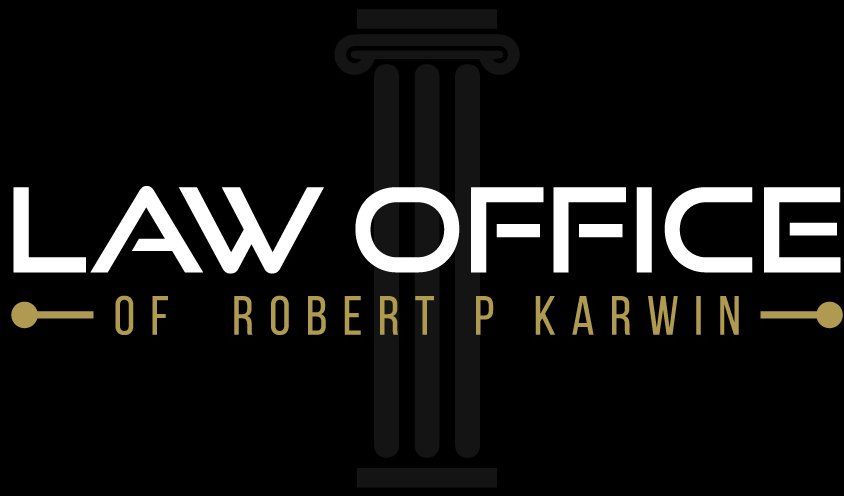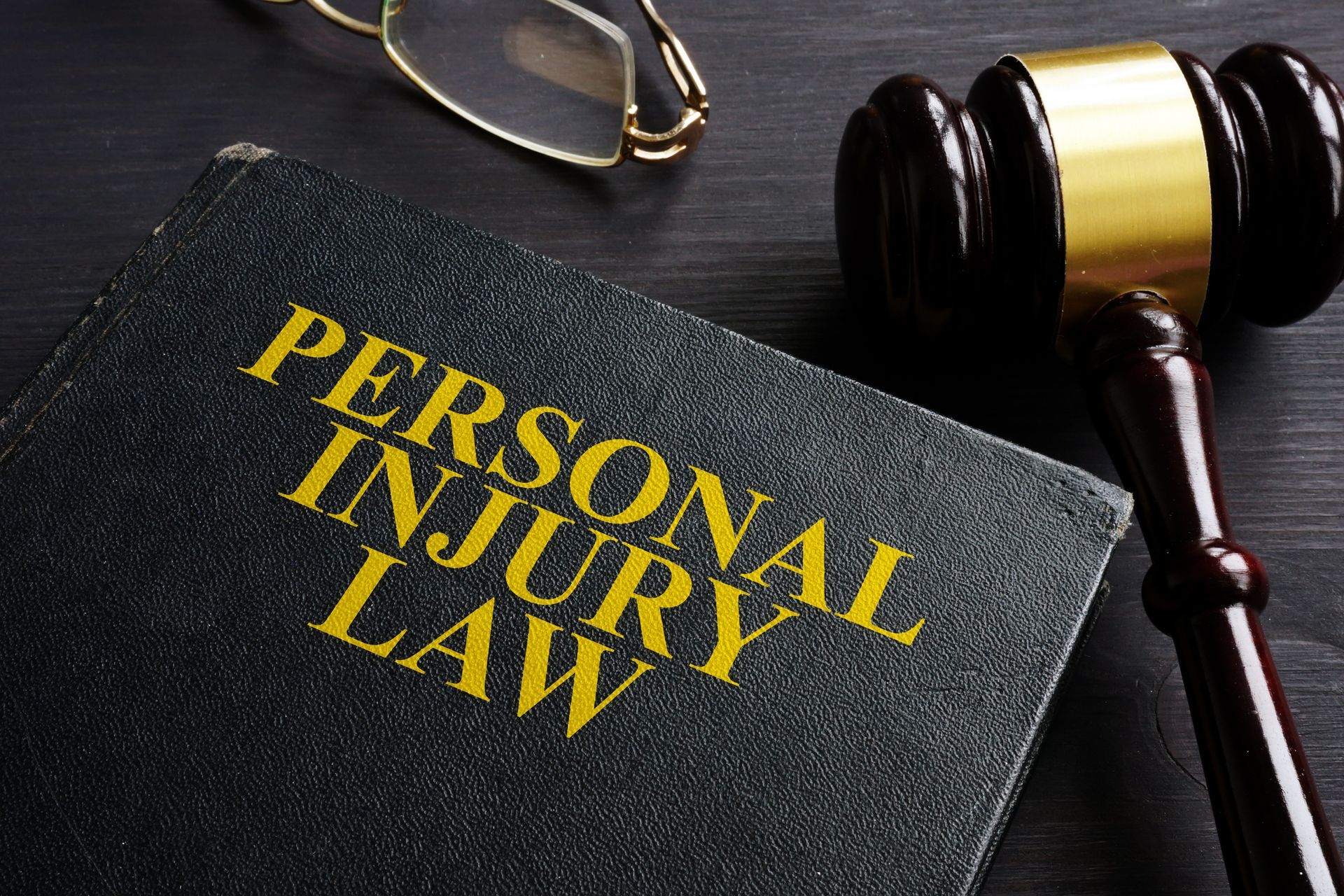Determining if Your Case Is a Personal Injury Case

Navigating the legal landscape to determine whether you have a personal injury case can be complex. Several factors come into play that can influence the validity and strength of your claim. Understanding these factors will help you ascertain if your situation qualifies as a personal injury case and guide your decision to seek legal help. Below are some critical considerations to evaluate.
Proof of Negligence
One of the foundational aspects of a personal injury case is proving negligence. Negligence occurs when a party fails to act with the level of care that a reasonable person would under similar circumstances. For instance, if you were injured in a car accident where the other driver was speeding or texting, you may have grounds to prove that their negligence directly caused your injuries.
Establishing Liability
In addition to proving negligence, you must establish that the liable party owed you a duty of care and breached that duty. This breach must be directly linked to the injuries or losses you sustained. For instance, property owners are generally required to maintain safe premises. If you tripped over an unmarked hazard on someone’s property, you may be able to demonstrate that the property owner breached their duty of care.
Demonstrable Injuries
For a personal injury case to be valid, tangible proof of injuries or damages must be tangible. These can range from physical injuries, such as broken bones and lacerations, to emotional distress and financial losses like medical bills and lost wages. It is crucial to have documented evidence of these injuries, typically through medical records, bills, and expert testimonials.
Causation
There must be a clear and direct connection between the negligent act and your injuries, known as causation. Proving causation can sometimes be challenging, particularly in cases involving pre-existing conditions. For example, if you had a pre-existing back condition that was exacerbated by an accident, medical experts may need to testify to establish that the accident caused the aggravated condition.
Statute of Limitations
Every state has a statute of limitations that sets a deadline for filing a personal injury claim. This period varies depending on the state and the type of injury. Missing this deadline can mean forfeiting your right to pursue compensation, so it is essential to be aware of the time constraints in your jurisdiction.
Comparative Fault
In some cases, the injured party may share some degree of fault for the accident. States have different rules on how shared fault impacts a personal injury claim. In comparative negligence states, your compensation is reduced by the percentage of your fault, whereas in contributory negligence states, you may be barred from recovering any compensation if you are found to be even slightly at fault.
Insurance Coverage and Policy Limits
The extent to which you can recover damages in a personal injury case mostly depends on the insurance coverage and policy limits of the liable party. For instance, if the at-fault driver in a car accident has a low policy limit, it might restrict the total compensation you can receive, regardless of the extent of your injuries. This can be particularly frustrating when medical bills, lost wages, and other expenses far exceed the available coverage. In some cases, it may be possible to pursue additional compensation through other means, such as underinsured motorist coverage or filing a lawsuit against other liable parties. Understanding the nuances of insurance policies and legal options is crucial in maximizing your potential recovery.
Determining if your case qualifies as a personal injury case involves a thorough evaluation of various factors, including negligence, liability, and demonstrable damages. Understanding these elements can help you build a strong case and seek rightful compensation for your injuries. If you find yourself uncertain about the merits of your case, consulting with a seasoned personal injury attorney can provide valuable insights and guidance specific to your circumstances. Contact our team at The Law Office of Robert P. Karwin if you need a lawyer for your case.










